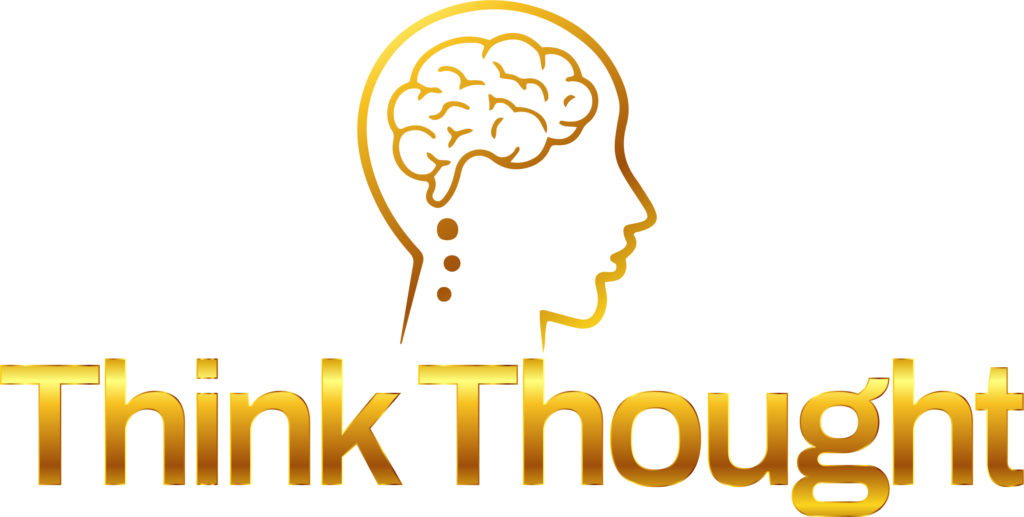
Our early life experiences shape the way we perceive the world, interact with others, and form relationships. Childhood trauma—whether it stems from neglect, abuse, loss, or unstable environments—can leave lasting imprints on a person’s emotional and psychological well-being. Many individuals who experience trauma as children may struggle with intimacy, trust, and emotional regulation in adulthood. Understanding how childhood trauma affects adult relationships is the first step in healing and building healthier connections.
How Childhood Trauma Shapes Relationship Patterns
Trauma from childhood often affects how people attach to others, respond to conflict, and manage their emotions in relationships. Below are some of the most common ways childhood trauma influences adult relationships:
1. Fear of Abandonment or Rejection
Children who experience neglect, inconsistent caregiving, or loss may develop an intense fear of abandonment. As adults, they may become overly anxious in relationships, constantly fearing their partner will leave. This can lead to clingy behavior, extreme jealousy, or difficulty trusting that their partner’s love is stable and genuine.
On the flip side, some individuals develop an “avoidant” response to attachment, pushing people away to protect themselves from potential pain. They may have difficulty expressing emotions or committing to long-term relationships.
2. Difficulty Trusting Others
Trust is fundamental in any healthy relationship. However, childhood trauma—especially betrayal from caregivers or significant adults—can make it difficult to trust people in adulthood. Individuals who were lied to, abandoned, or manipulated as children may struggle to believe that their partner has good intentions. This can result in:
- Constantly questioning their partner’s motives
- Difficulty accepting love and kindness
- Fear of being vulnerable
3. Emotional Dysregulation and Conflict Avoidance
Children who grew up in chaotic or unpredictable households often struggle with Childhood trauma and relationships. They may have difficulty managing their emotions, leading to:
- Explosive arguments
- Emotional shutdowns
- Fear of confrontation
Some individuals avoid conflict altogether, fearing that disagreements will lead to rejection or abandonment. Others may react with intense emotions because their nervous system is conditioned to expect danger when faced with relationship stress.
4. Repeating Toxic Relationship Patterns
Many adults unconsciously recreate the dynamics they experienced in childhood. If a child grew up in a home where love was conditional or they had to “earn” affection, they may enter relationships with partners who are emotionally unavailable or dismissive.
Similarly, those who witnessed abusive relationships may find themselves drawn to toxic or codependent dynamics. This happens because the brain is wired to seek familiarity—even when familiarity is unhealthy.
5. Low Self-Esteem and Fear of Not Being “Enough”
Childhood trauma can lead to deep-rooted feelings of inadequacy. If a child was often criticized, ignored, or made to feel unworthy, they may struggle with self-esteem in adulthood. This can manifest in relationships as:
- Seeking constant validation
- Struggling with self-doubt
- Settling for unhealthy relationships out of fear of being alone
People with low self-worth may also have trouble recognizing when they deserve better treatment, making it harder to leave toxic relationships.
Healing from Childhood Trauma in Relationships
While childhood trauma can create challenges in adult relationships, healing is possible. Below are some steps that can help individuals develop healthier relationship patterns:
1. Recognize the Patterns
The first step to change is awareness. Reflect on past relationships and identify recurring themes—such as difficulty trusting, fear of abandonment, or unhealthy attachment styles. Understanding where these behaviors stem from can help in breaking the cycle.
2. Seek Professional Help
Therapy, especially trauma-focused therapy, can be incredibly beneficial in healing childhood wounds. Cognitive-behavioral therapy (CBT), Eye Movement Desensitization and Reprocessing (EMDR), and inner child work can help reprocess traumatic experiences and change negative thought patterns.
3. Build Emotional Awareness
Healing involves learning how to regulate emotions and respond to relationship stress in healthy ways. Practices such as mindfulness, meditation, and journaling can help individuals become more aware of their triggers and reactions.
4. Practice Healthy Communication
Trauma survivors often struggle with expressing their needs or setting boundaries. Learning how to communicate openly, honestly, and assertively can improve relationships and reduce misunderstandings.
5. Choose Safe and Supportive Relationships
Surrounding oneself with people who are emotionally healthy, understanding, and supportive can foster healing. A safe partner will:
- Be patient and understanding of past trauma
- Communicate openly and honestly
- Offer reassurance without enabling unhealthy behaviors
6. Reparenting Yourself
Reparenting involves giving yourself the love, validation, and support that may have been lacking in childhood. This can be done through self-compassion, setting boundaries, and engaging in activities that nurture your emotional well-being.
Final Thoughts
Childhood trauma doesn’t have to define adult relationships. While the effects of early experiences can be deep-rooted, healing is entirely possible with self-awareness, professional support, and a willingness to break old patterns. By working through past wounds, individuals can cultivate healthier, more fulfilling relationships built on trust, security, and genuine connection.
If you or someone you know struggles with the impact of childhood trauma on relationships, seeking help from a mental health professional can be a transformative step toward healing.
FAQ: The Impact of Childhood Trauma on Adult Relationships
1. How does childhood trauma affect adult relationships?
Childhood trauma can impact relationships by creating trust issues, fear of abandonment, emotional dysregulation, and unhealthy attachment patterns. Many adults unknowingly repeat toxic relationship dynamics they experienced in childhood.
2. Can someone heal from childhood trauma and have a healthy relationship?
Yes, healing is possible. With self-awareness, therapy, and emotional work, individuals can develop healthier relationship patterns, build trust, and establish secure attachments.
3. What are signs that childhood trauma is affecting my relationships?
Common signs include difficulty trusting partners, fear of being abandoned, avoiding emotional intimacy, engaging in toxic relationship patterns, and struggling with self-worth in relationships.
4. Can therapy help with relationship struggles caused by childhood trauma?
Absolutely. Trauma-focused therapy, such as CBT (Cognitive-Behavioral Therapy) and EMDR (Eye Movement Desensitization and Reprocessing), can help individuals process past trauma and develop healthier coping mechanisms.
